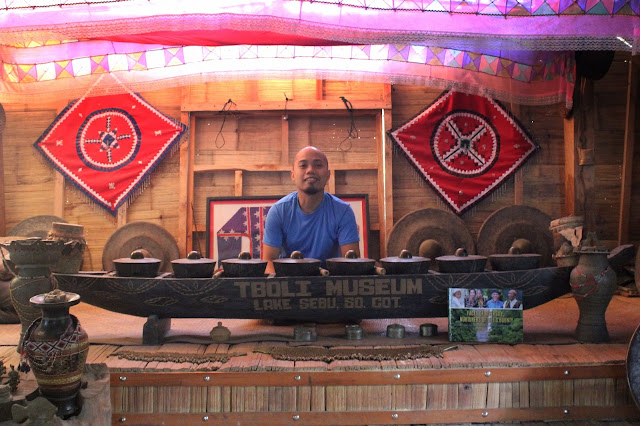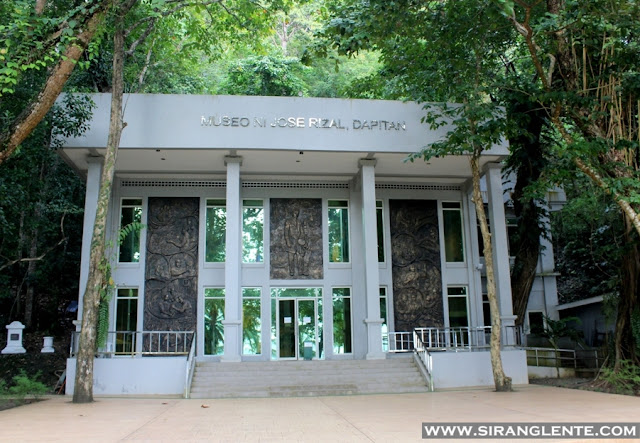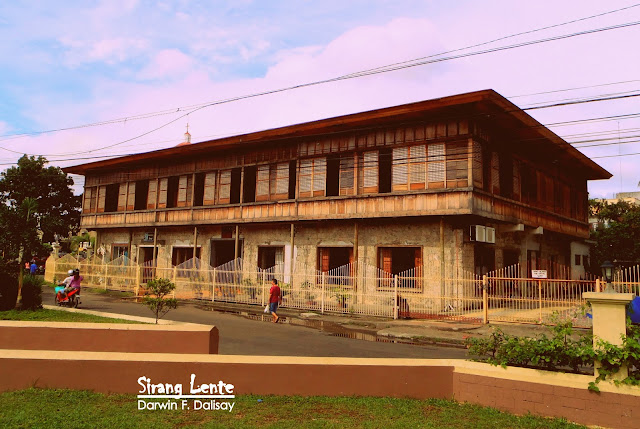
Jump to: About | What to See | How to Get There
About Aga Khan Museum of Islamic Arts
The Aga Khan Museum of Islamic Arts in Marawi City is one of the most important cultural institutions in Mindanao. Located inside the Mindanao State University (MSU) campus, this museum preserves centuries-old artifacts, royal garments, traditional weapons, and intricate artworks that showcase the rich heritage of the Meranaw people and the diverse Islamic cultures of the Philippines. It is a must-visit for travelers interested in Mindanao’s history, art, and identity.



















